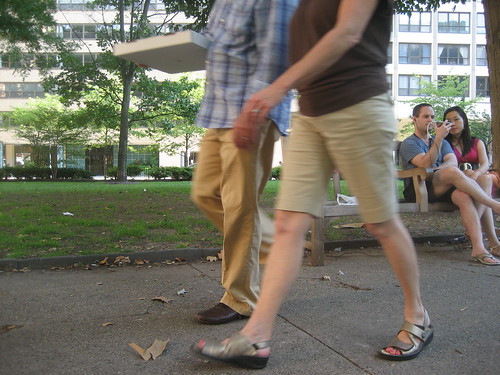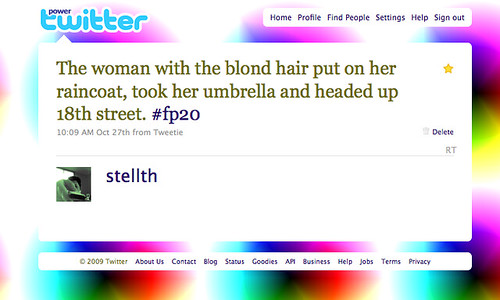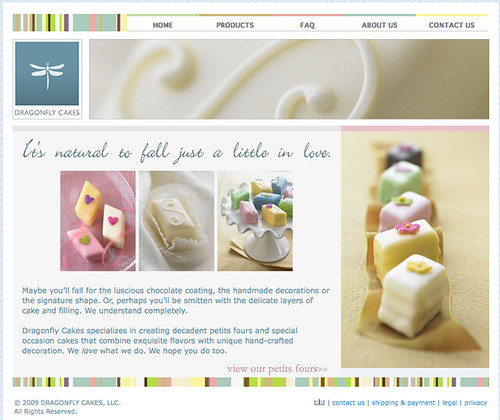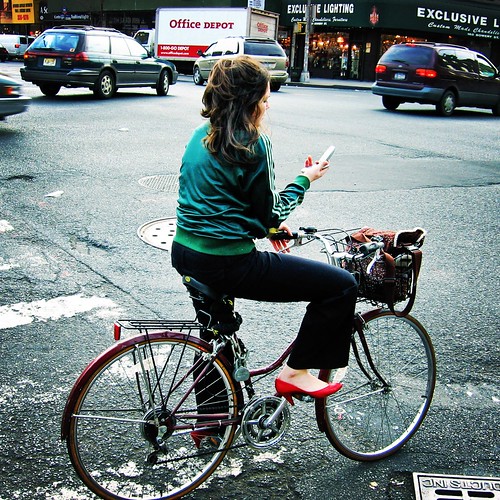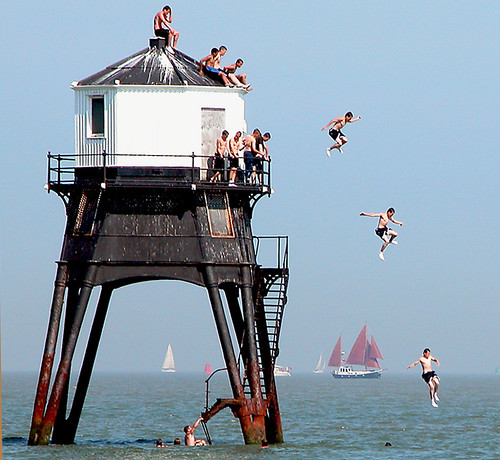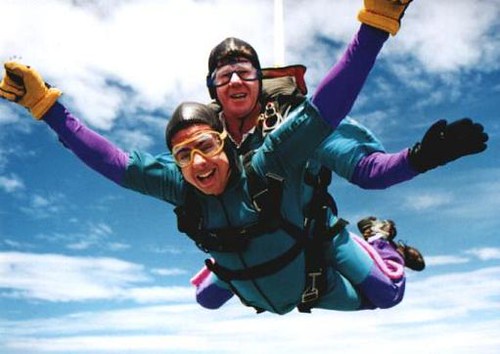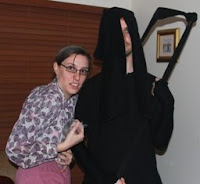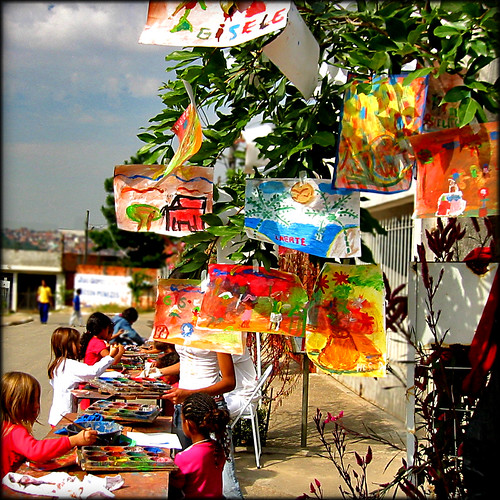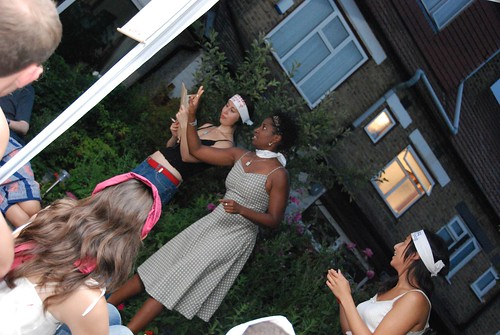 A Wordle of all the hopes/dreams/fears entries. Click to view larger.Summary
A Wordle of all the hopes/dreams/fears entries. Click to view larger.SummaryOver two months ago, @Platea kicked off
Project III: hopes/dreams/fears, a global online public art project formally launched in New York City during a presentation at the Brooklyn Museum and a public installation at the
FIGMENT NYC arts festival on Governor's Island. I was looking for something low-key and community-driven for the summer, as so many people spend their time outdoors this time of year.
We meant to run till the end of July but extended it to almost the end of August (it's in fact still going), with crowdsourced hopes, dreams and fears from communities 'round the world adding up to so much more than I, well, had hoped and dreamed for. Here's where we netted out:
Total hopes/dreams/fears? 552.
Some 200 hopes, 150 dreams, and 175 fears (there were some combination ones, which is why the numbers are fuzzy)
Average age of participants: 31 years old
The youngest at age 5, the oldest at age 82
And two pets!
Nearly 20 countries across 4 continents, though concentrated mainly in North America, western Europe and Australia and New Zealand, as mapped out here:
 A Collective Unconscious
A Collective UnconsciousIn many ways, this project has been done before. The ever-popular
Post Secret no doubt rested in the back of my mind as we developed the concept, and just today we saw the launch of
the Dirty Laundry project. Tapping the Internet for anonymous thoughts is a popular project, but in the wake of a global economic crisis and the rise of social media, I wanted to try this project within the context of the news feed, which has become the central gateway to the Internet for many, if not most, people online these days.
It used to be said that on the Internet, no one knows you're a dog. But these days, with intertwined Facebook networks and shared RSS feeds and verified email addresses, everyone not only knows you're dog, but who your parents are and where you went to school. The idea of anonymity on the Internet is quickly fading away.
This is certainly a good thing. The
early 90's fears of the Internet have soon morphed into openness about the idea of a mobile, connected world. And yet, there's a cost, isn't there, and that's the idea of a truly honest dialogue. Status updates these days are so ironic and detached because we don't know who will see what, and it can be difficult to truly expose ourselves to the world.
I think back to my school days, to etchings on the backs of chairs and in bathroom stalls, or to today's brand of street art, as much political as it is an expression of self or group identity. Anonymity can breed a certain level of honesty and deep connection. What I wanted to see is how the Facebook news feed, the Fifth Avenue of the Internet, could serve as a channel for anonymous expression, embedded within the otherwise known entities on most people's friends lists. Does the occasional interruption of one's feed lead to a different experience than, say, manually visiting a blog?
Here were some that caught my eye:
Anonymous hopes that my son will be happy in this world and be able to love other and himself. (NYC 20)
Kazue hopes for ice cream in my hand right now. (Kobe, Japan 36)
Lindsay dreams of being a mother (Winchester 42)
C. Avevedo dreams of crime disappearing (Puerto Rico 16)
k.sparkle fears she will always censor herself in both writing and life. (Carbondale, IL 22)
PG Stonefly fears going backwards (Westbury, Australia 36)
And so many more, day after day, started coming in, and as we posted them to the feed, I started to see honest responses, ironic responses, humorous ones and heartbreaking ones, both current and regional and timeless and universal.
Jonny Gray put it best:
As with all of these "crowdsourced," on-line art projects, there is an openness to what constitutes a hope, a fear, or a dream. People will offer these statements as they will. My particular interest is in hearing folks address the prompt as if there are no backslashes between the terms -- as if they run together. What is your hope that is also a fear? What is your dream that embodies both elements of desire and anxiety? As the Tarot suggests, before we can predict the future (however loosely) we must address and assess our hopes AND/or fears.

A page from Jonny's hopes/dreams/fears journal, which he's been passing around the Carbondale, IL, area. See more at the hopes/dreams/fears Facebook page.
A Global Public Art PotluckOstensibly, what I wanted to explore was
ambient awareness, i.e., how the aggregate of little details can lead to something of a picture of an individual. Could ambient awareness apply to a global community? That's a question I pose to you who experienced the project, but as it picked up, I also realized we were exploring something else: networked public art across continents.
The project began in New York, first during a presentation at the Brooklyn Museum and then at Figment 2009, as @Platea members on the east coast gathered attendees hopes, dreams and fears. We collected more than 200 from people of all walks of life attending the fair. Concurrently, however, we had physical gatherings in Carbondale, IL, with Jonny Gray, who passed out his hopes/dreams/fears journal, and during Worldwide Knit in Public Days with Ingrid Murnane. Christi Nielsen passed out hopes/dreams/fears slips to folks attending Los Angeles's downtown art walk.
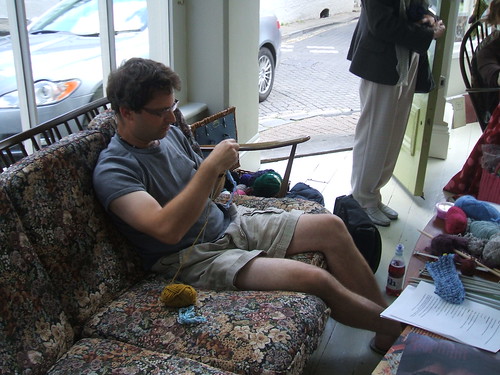 h/d/f collection at a cornershop in Winchester
h/d/f collection at a cornershop in Winchester, via
@innymHere's what Ingrid had to say:
World Wide Knit in Public Days fell on the 13th and 14th June this year. As part of a library outreach exhibition in Winchester, UK, I taught people to knit. Set up like a living room,’ there were plenty of places to sit and look at patterns from the library or read knitting books. An exhibition of knitted objects from the Knitting Reference Library handling collection were suspended from fishing line in the large bay window and duplicate vintage patterns displayed in the windows. I was invigilating for a good part of the week, and knitted in public like never before (and knitted over half a cardigan). I think that some people thought that we were an art installation, and certainly it felt like that at times!
While there, I collected the hopes, dreams and fears of the exhibition visitors and new knitters. Though at first trepidatious, both young and old took part. Writing their thoughts on slips of paper, they added them to a large brown envelope. Whether living up to the stereotyped English reserve or not, there were plenty who felt that they shouldn’t let anyone else know their inner emotions. Although they didn’t take part at the Knitting Room, some said that they would add their hopes/dreams/fears online. A few people were so embarrassed by the idea of writing their hopes, dreams and fears on paper that they blushed and left the exhibition saying ‘No, I just don’t do that kind of thing.’ I felt as if I was asking too much sometimes; intruding on their inner sanctums. I did wonder afterwards if it was because they knew that I would read them; that I would make a judgement on them.
The hopes, dreams and fears that I collected in Winchester ranged from outright funny to deeply sad and poignant. I’d like to thank all of the exhibition visitors for taking part: I know it wasn’t easy for a lot of you.
Shortly afterward, gatherings popped up at
a mall in Hatillo, Puerto Rico, during
a dinner party in Australia, even online on Second Life, and folks across the Internet directly entered in their own hopes, dreams and fears.
John Casey is working on a Facebook application that will allow the project to continue into perpetuity (stay tuned for more details!). And that's when I started to realize that the hopes/dreams/fears project was becoming a study in global public art, in art that leverages the power of social media to build a global community both online and off.
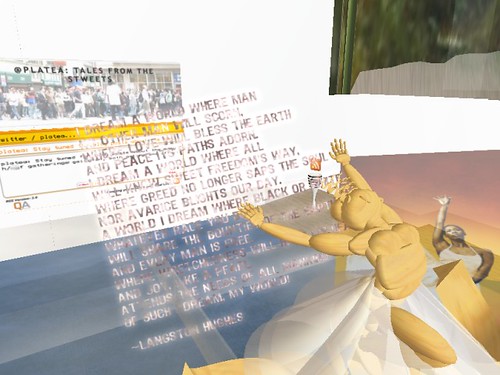 Nettrice Gaskins's @Platea installation on Second Life
Nettrice Gaskins's @Platea installation on Second LifeThe phrase "global potluck" came to mind recently. In a traditional potluck dinner, people sign up to bring different types of food. Some will go all out and slave over the oven all day, producing a fabulous casserole that would rival any five star chef. Others will make bring their family's secret pasta recipe and a salad. And some will bring chips and soda and good company. Each person contributes to the collective dinner according to their means and talents. In so many ways, hopes/dreams/fears evolved into a global potluck dinner, a public art project where each person shared only as much as they felt comfortable, whether it be a quick anonymous hope or a fully-organized gathering in their part of the world.
As I wrote recently in
Art21 Blog, the runaway success of
Antony Gormley's One & Other points to how the everyone-can-play ethic of social media is spilling into the art world, as tens of thousands enter a lottery to try their hand at contemporary public performance art. With hopes/dreams/fears, a project that allowed for numerous levels of involvement, this public art project took shape in both the physical and digital worlds, around the world and within local communities, and I was thrilled with how it's come out.
We may rely heavily on the Internet, but we cannot touch it, taste it or experience the indescribable feeling of togetherness that one gleans from face-to-face interaction, from the reassuring sensation of being among a crowd of one's neighbors. Seeing one another in these situations reinforces the importance of sharing resources, of working together, of balancing our own needs with those of others. Online, these values become notions that are much more easily suspended to further our own self-interest. Not surprisingly, political movements that begin online must have a real-world component; otherwise they evaporate and dissolve into the blur of other activities.
John Freeman in the Wall Street Journal
The next @Platea project will be announced next week, and it will take us back into the realm of public performance online. But I'd love hear what you've thought so far about hopes/dreams/fears, especially as someone who's been following the feed. Please feel free to leave your comments here. And of course, we are still posting h/d/f's onto
the Facebook page and the @Platea Twitter feed, so if you aren't doing so yet, please add yourself!
